Whether you pursue them close to home or all over the continent, hunting turkeys is a magical experience.
It’s March, spring is in the air, and a hunter’s fancy turns to turkeys! Spring gobblers are probably North America’s second most popular hunting pursuit, following fall deer seasons. This is a recent phenomenon; the wild turkey’s continent-wide recovery and expansion is an amazing conservation story, and brought one of the greatest changes in American hunting culture, and it all happened in my lifetime.
I’ve often written that I grew up in a Kansas with no deer season, but I often fail to mention that, when I started hunting, there might not have been a single wild turkey in Kansas! Kansas is now an important turkey state, with Eastern birds near Missouri, and Rio Grande in the rest of the state. Two wet springs have been hard on our birds, so we’re hoping for a good nesting season.

At moments like this spring turkey hunting is as exciting as it gets! A big gobbler is there and in range, but you must wait until he’s clear.
I admit that I’m no great shakes as a turkey caller, but I’m getting better. It was the last day of the season last year when, shortly after dawn, two big gobblers flew down on the far side of a big food plot. Somehow or other, I managed to call them across the field, and I shot one in my decoys at 15 yards.
According to the National Wild Turkey Federation (NWTF) distribution map, my farm is within Eastern gobbler range but, according to the Kansas wildlife department, I’m in the “hybrid zone” between Eastern and Rio Grande turkeys. Honest, it doesn’t matter to me; we don’t sell turkey hunts and for sure I wouldn’t guide a turkey hunt. My birds—whatever they are—are my “down home” birds. I hunt them myself, often by myself, and when I take one it’s a major victory, as it is for millions of hunters every spring.
Whatever your local turkeys happen to be, there are others. Whether my turkeys are Easterns or hybrids, I don’t have to go far to hunt Eastern or Rio Grande birds, and I have. Today, many turkey hunters travel from one side of the continent to the other (east to west and north to south) to hunt our various turkeys. It’s a big deal; hundreds of hunters have registered “grand slams” of turkeys with NWTF, comprised of Eastern, Rio Grande, Osceola (central and south Florida only), and Merriam’s (primarily Rocky Mountain region).
A “world slam” of turkeys includes the big and gorgeous Gould’s turkey, primarily in northwestern Mexico, with limited range (and opportunity) on the U.S. side. And then there’s the “royal slam,” which adds the smaller, much different, and gorgeous ocellated turkey of southernmost Mexico and adjacent Central America. Any of the turkey slams are very doable achievements, but they require planning, effort, a bit of luck, and will probably incorporate some frustration.

Kendall Kelso and Boddington with a nice Rio Grande gobbler, taken near Hutchison, Kansas. About the western three-fourths of Kansas has Rio Grande turkeys, with Eastern turkeys close to Missouri.
Few things in the hunting world are more exciting than a big gobbler coming to the call, so I’m not throwing a wet blanket on turkey hunting. However, I’ve already admitted that I’m not an expert turkey hunter; turkey hunting has been an occasional spring pastime, but never an obsession. Heck, I hunted the entire 29 varieties of North American big game before I (finally) took the last of the six turkeys, a Gould’s gobbler, in northeastern Sonora in May 2017.
None of us can live long enough to hunt everything, so we all hunt in accordance with our interests, time, and budget. In retrospect, it’s worth mentioning that, even when you must travel far and spring for a guided hunt, turkey hunting in the best camps is a lot cheaper than most big-game hunting. And, when the birds are working right, a spring turkey hunt is a magical experience, as exciting as anything in our hunting world.
As with so much hunting, time and place count for much. Wherever you live, your backyard turkeys, whatever they are, are probably the easiest and most accessible. With a base in Kansas, for me the Rio Grande turkey has long been easy and accessible. I’ve hunted them close to home in Kansas, and also in Oklahoma and Texas. For the largest number of American hunters, Eastern gobblers are the “hometown” turkeys. This makes them the most call-shy and hunter-wary. I’ve probably hunted Eastern gobblers more than the rest, in Kansas and Missouri, and in a half-dozen Southern states.
For me, the Osceola turkey was the most difficult. On my first attempt I spent ten days, failed utterly, and realized these tropical birds don’t talk much. A couple years later I did a tour at U.S. Central Command in Tampa; in the spring I hunted turkeys almost every weekend, but never got a shot. Of course, when it finally happened, it happened quickly and easily: Time and place!
The colorful ocellated turkey is also a different deal; these turkeys don’t gobble, but they do “sing” on the roost, and are hunted quite differently, typically by stalking or ambush rather than calling. The Yucatan jungle is an amazing place, much different from any other North American habitat, and these smaller turkeys are shockingly beautiful.

The ocellated turkey of southern Mexico and adjacent Central America is the most unique of the wild turkeys, with feathers reminiscent of the peacock. Males do not “gobble” so they are often hunted by ambush rather than calling.
However, my two most memorable turkey hunting experiences were a Merriam’s turkey in the shadow of the Rockies and a Gould’s turkey in northern Mexico.
Years ago, I hunted Merriam’s turkey during fall deer/elk hunts, and did another spring hunt that was snowed out (which can happen) so it wasn’t a new experience, but until spring 2017 I’d never done a “proper” spring hunt for Merriam’s gobbler. We hunted southeast Colorado with Fred and Michele Eichler’s Full Draw Outfitters. Weather and timing were perfect. We hunted high plains country east of Trinidad, and in the shadow of the Rockies to the west. There were lots of birds; Donna shot a gorgeous gobbler near the mountains with magnificent white tail tips. A couple of days later, off to the east along the Arkansas River, I shot a huge gobbler. Every day, we saw elk, mule deer, whitetails, and pronghorns–a wonderful hunt in an awesome area.
Funny how these things work; just a month later I went on my first hunt for Gould’s turkeys. I’d seen them on numerous Coues deer hunts in northern Mexico, but had never hunted them. Gould’s turkey is not the heaviest North American turkey. However, they are considered the largest, and are by far the tallest, a huge, imposing bird with white tail-fan tips similar to Merriam’s turkey.
I joined a Mossberg group on Rancho Mababi in northeastern Sonora with Ted Jaycox’s Tall Tine Outfitters, little more than an hour south of Douglas, Arizona. As with all turkey hunting, time and place are critical, but on this week in May we were in the right place at the right time. Hunted little, it’s probable that Gould’s turkeys are susceptible to calling, certainly more gullible than most Eastern birds, but there’s also luck in being there at the right time. In good places I’ve occasionally seen more Rio Grande birds, but I’ve never seen gobblers respond as well. It was an amazing experience, and every member of our party took two fine gobblers with little difficulty.
Success is great, but good hunting isn’t just about game; it’s also about experience and circumstance. I cherish every gobbler I’ve taken on my place! In every hunter’s book of memories, there’s probably no replacing the animals and birds we’ve taken on our own, with our own tactics, techniques, and mistakes. Continent-wide, most of the many thousands of gobblers harvested annually are taken by DIY hunters doing it their way, as I hunt my own Kansas gobblers.

A diaphragm mouth call is probably the best type of call, but for those who have trouble with them, slate calls work great.
However, if you decide you want to hunt all of our North American turkeys you will probably need some help. Mexico’s current system essentially requires an outfitter. If you want to hunt one of the races that lives hundreds of miles from your home, it might be practical to do the planning and do it on your own, but, considering the low price of outfitted turkey hunts, it could be just as sensible (and not much more expensive) to set up a hunt with an outfitter who has the right place and can recommend an ideal time. Or, equally good, maybe you’re perfectly happy with the turkey hunting you have in your own backyard.

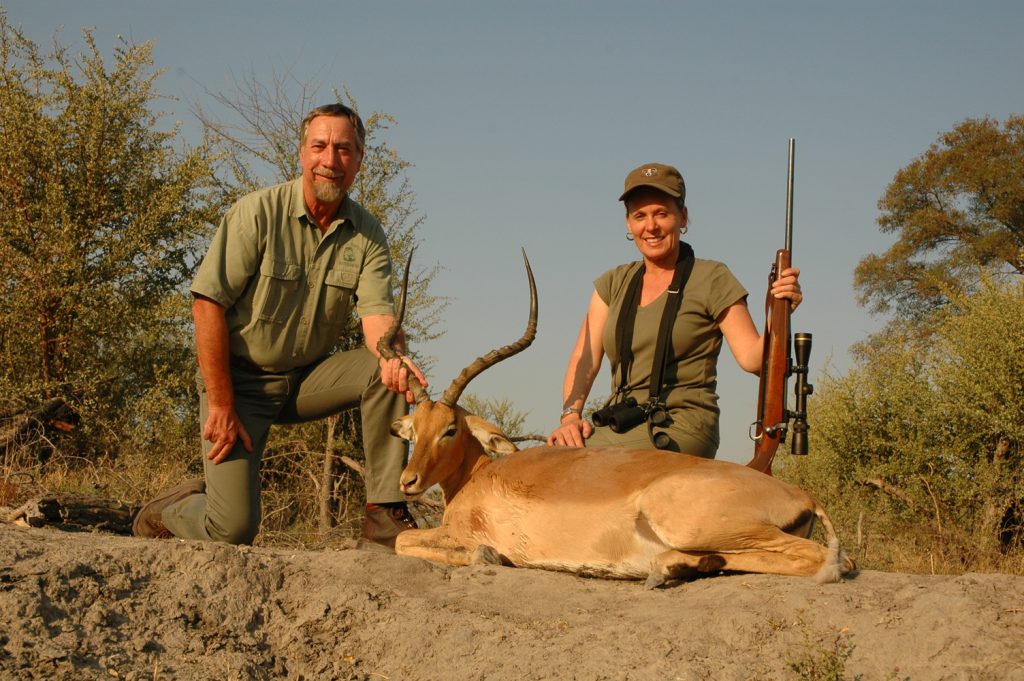
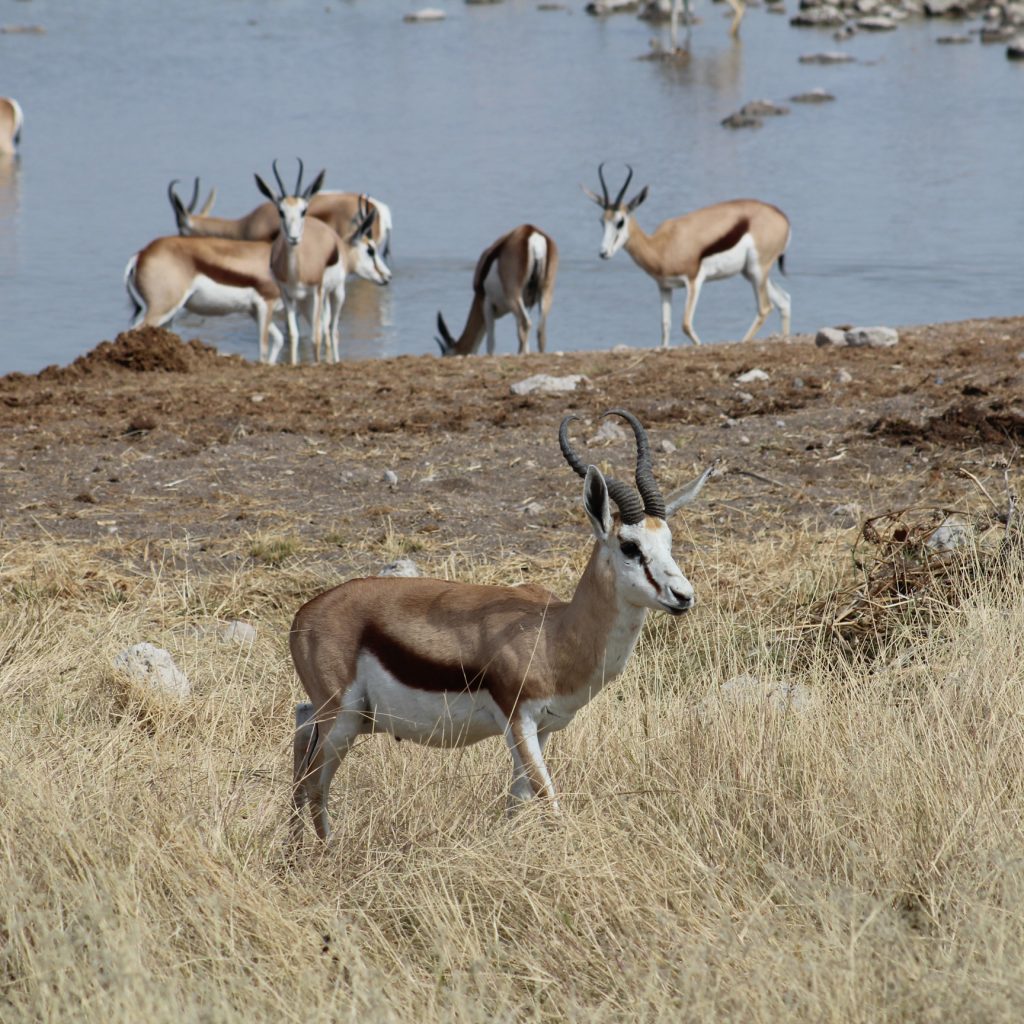
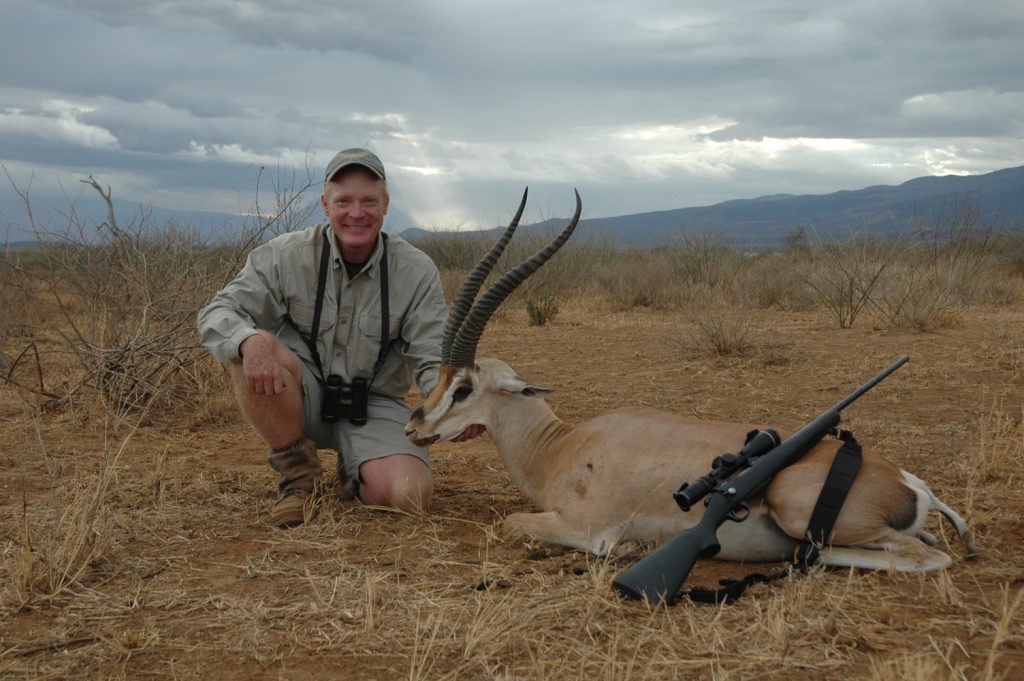
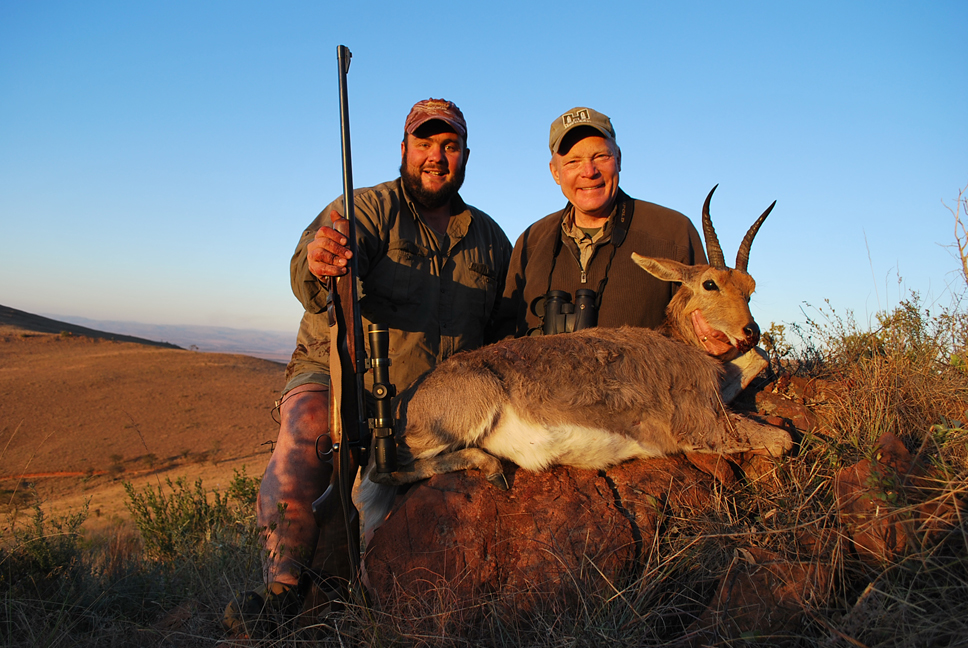
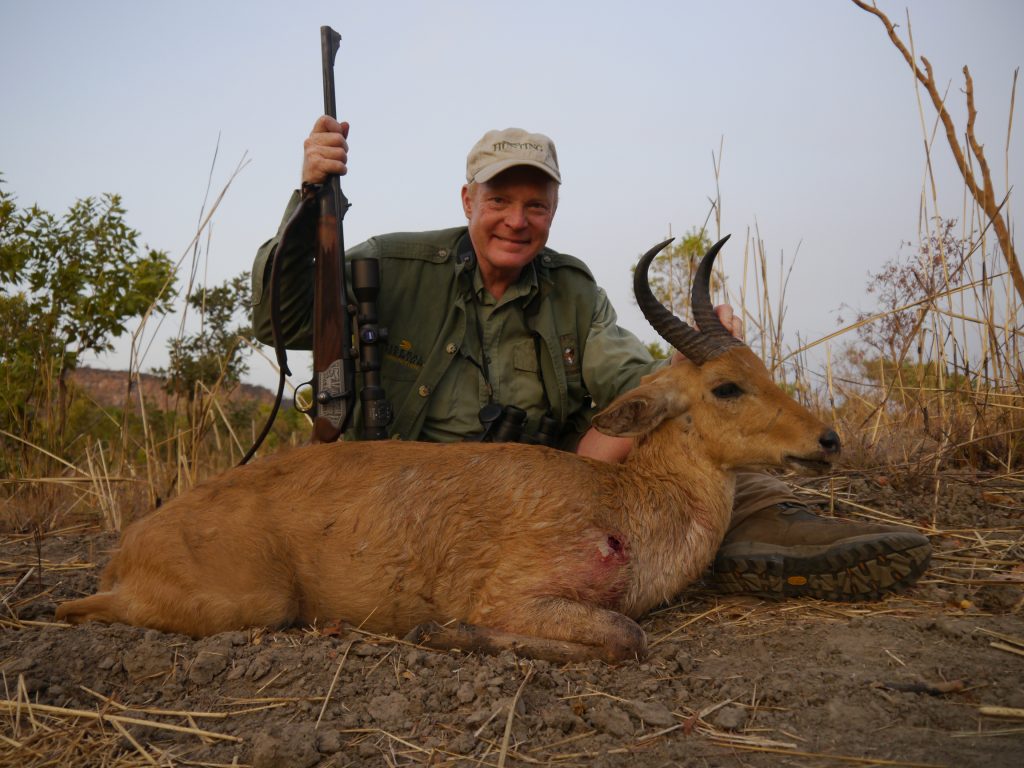

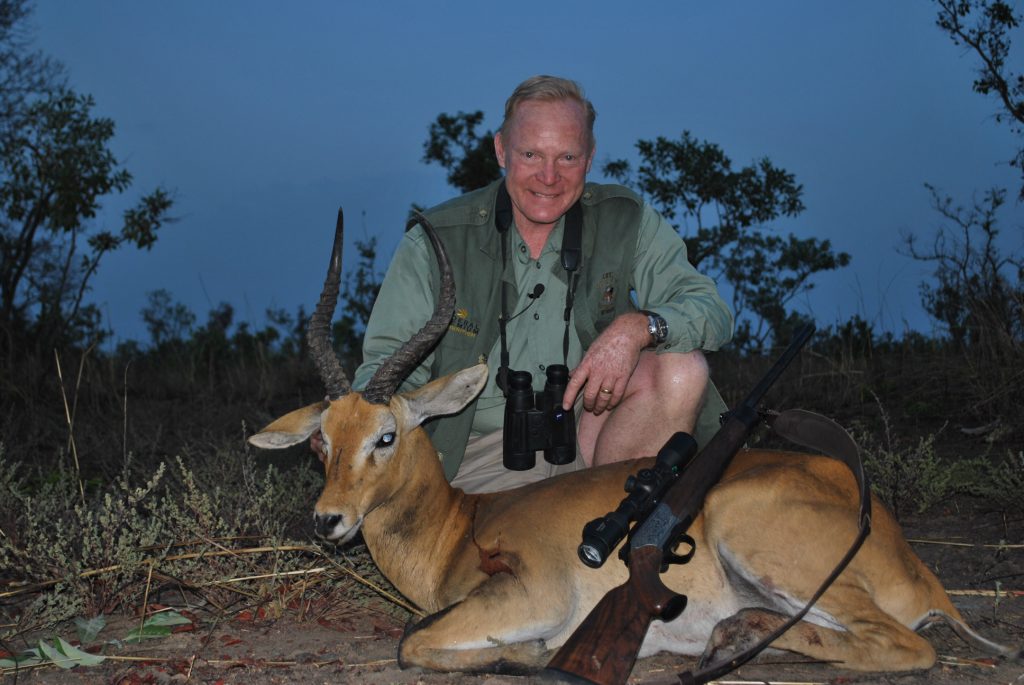
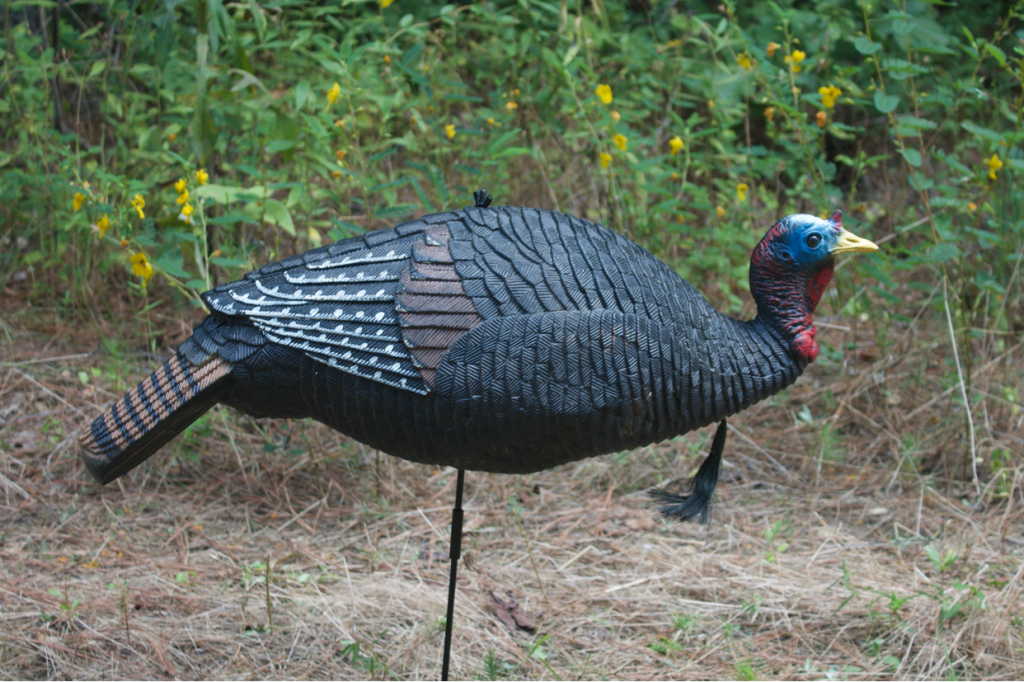
 A fine Coues whitetail, taken on a January hunt in northern Mexico. This is a wonderful time to be in the arid mountains.
A fine Coues whitetail, taken on a January hunt in northern Mexico. This is a wonderful time to be in the arid mountains. Donna Boddington and houndswoman Katy Kern with a fine Idaho tom, taken on Donna’s fourth attempt to find a good male cougar. It was late December, and we finally caught perfect snow conditions.
Donna Boddington and houndswoman Katy Kern with a fine Idaho tom, taken on Donna’s fourth attempt to find a good male cougar. It was late December, and we finally caught perfect snow conditions.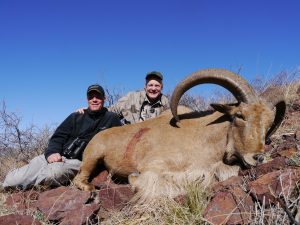 Hunter Ross and Boddington with a very large free-range aoudad, taken in the Davis Mountains of Far West Texas.
Hunter Ross and Boddington with a very large free-range aoudad, taken in the Davis Mountains of Far West Texas. The sub-Saharan areas of Benin, Burkina Faso; and northern CAR and Cameroon are called “savanna,” but it’s really savanna woodland or terminalia forest. This is all very wild country that’s marvelous to hunt.
The sub-Saharan areas of Benin, Burkina Faso; and northern CAR and Cameroon are called “savanna,” but it’s really savanna woodland or terminalia forest. This is all very wild country that’s marvelous to hunt. In northern CAR and Cameroon the Derby eland is the premier species, and among Africa’s great prizes. The distinctive black collar is winter coat, available from late December into early March; late in the season the colors fade to a uniform tawny.
In northern CAR and Cameroon the Derby eland is the premier species, and among Africa’s great prizes. The distinctive black collar is winter coat, available from late December into early March; late in the season the colors fade to a uniform tawny.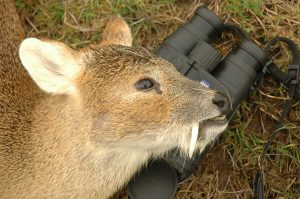

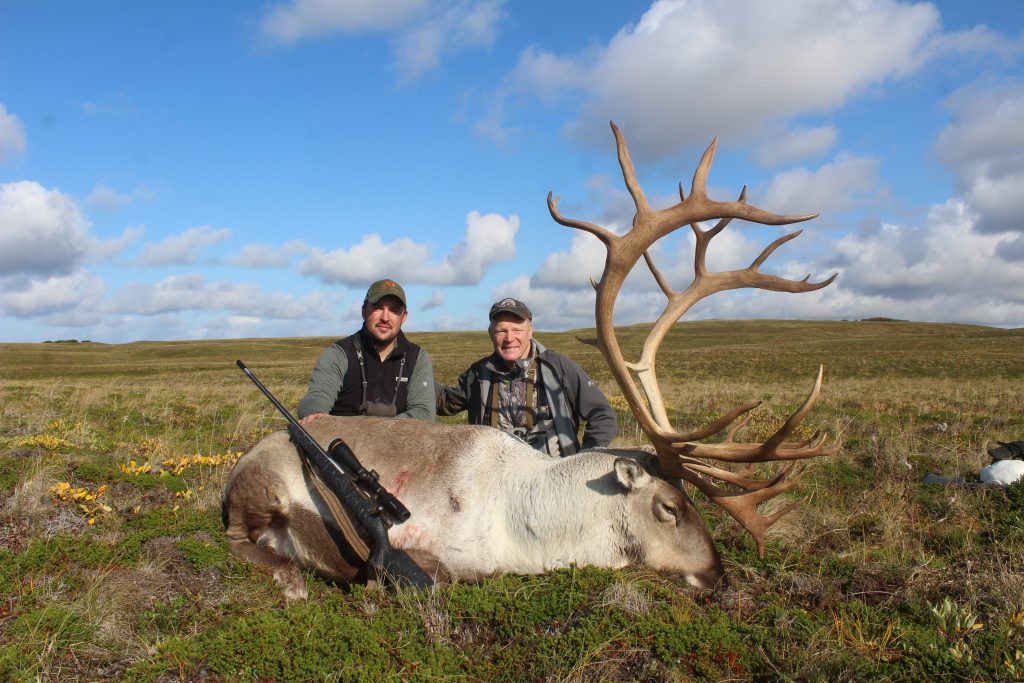
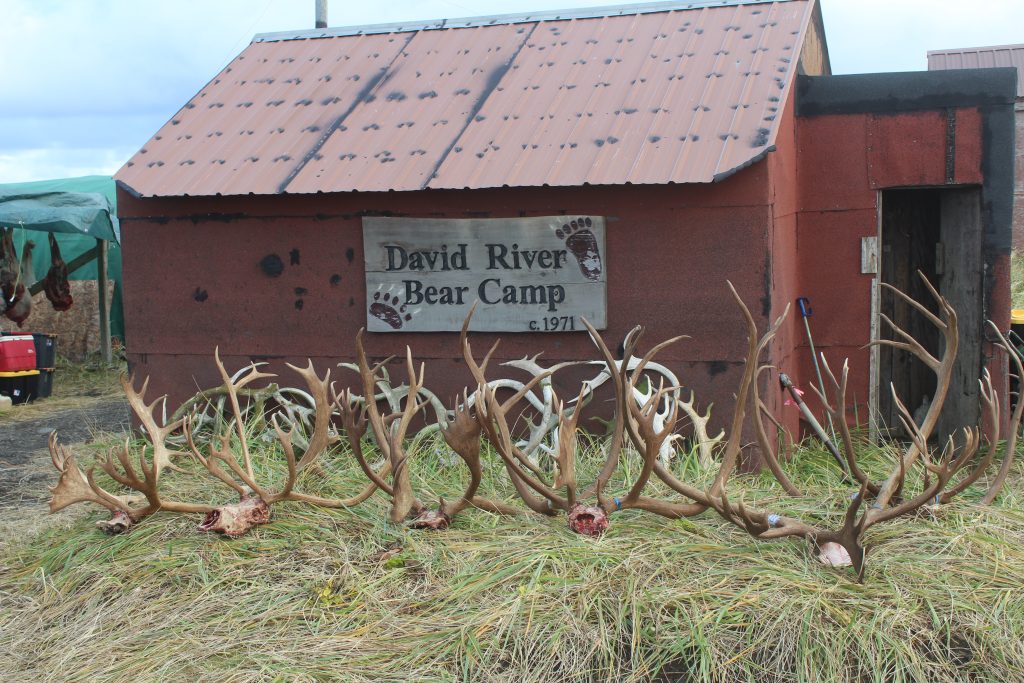

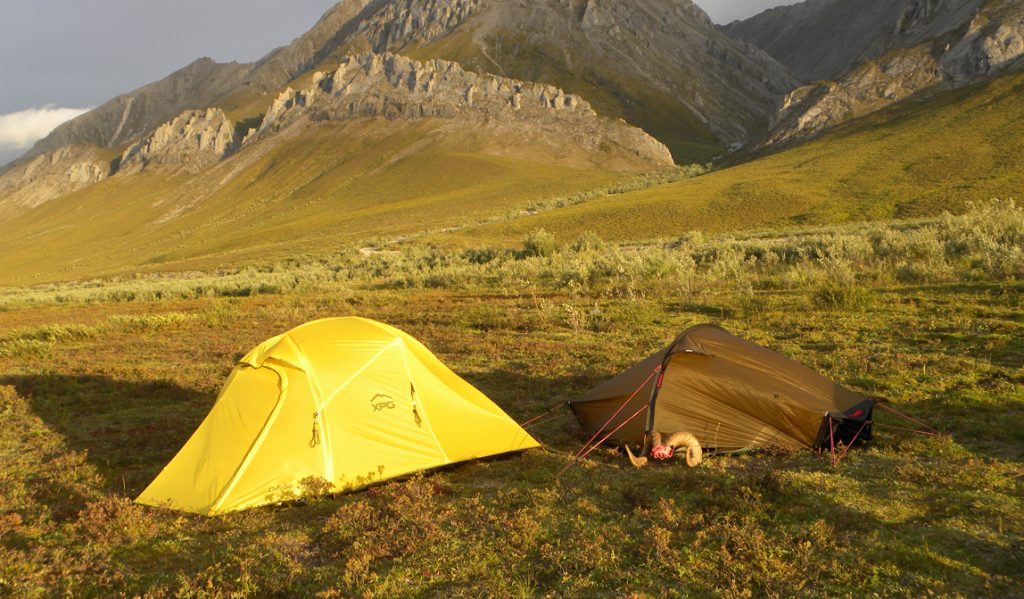
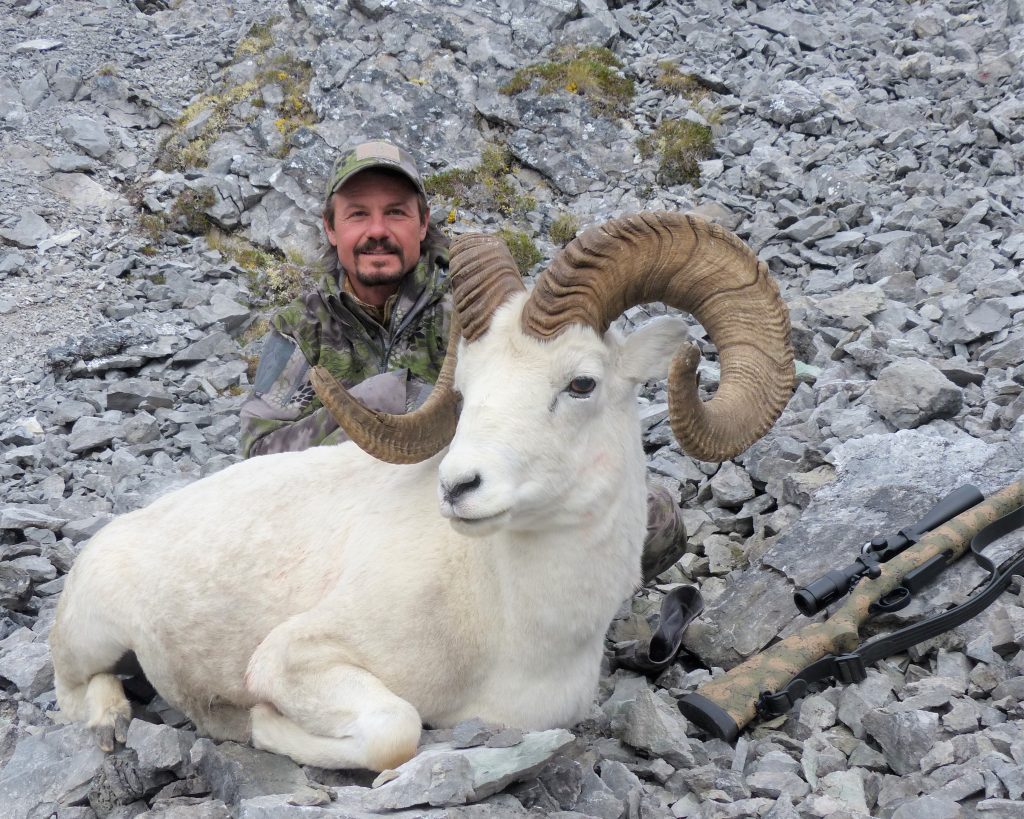
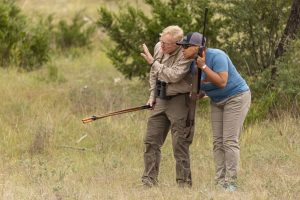 Dani Parris-Exline stalks a “rogue elephant.” We put on a bit of pressure, with the target hidden until the last minute.
Dani Parris-Exline stalks a “rogue elephant.” We put on a bit of pressure, with the target hidden until the last minute.
